What Are Brand Assets? 15 Examples + Importance of Digital Brand Assets
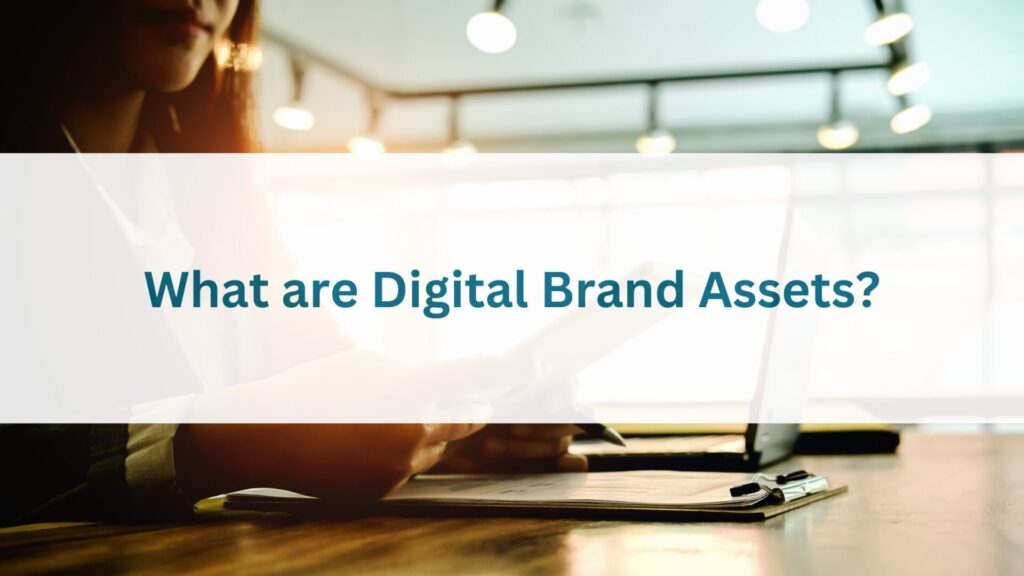
A pivotal part of any company’s marketing strategy is the creation and exchange of brand assets used in the promotion of the business. To create a successful brand asset— one that provides value— it’s important to understand what they are and how to use them effectively.
In this AEC marketing guide, we explore the value of brand assets and provide examples of some of the top brands doing it right. We also discuss how to manage brand assets with a digital asset management (DAM) system and provide tips on creating branding assets of your own.
What Are Brand Assets?
Brand assets are elements that a company uses to create recognition and value for its brand. These assets include a variety of components that contribute to the overall perception and identity of the brand in the marketplace. Here are some key types of branding assets:
- Logo and Colors: The logo is often the most recognizable brand asset. Along with specific brand colors, it provides a visual identity that is instantly associated with the company.
- Taglines and Slogans: These are memorable phrases that communicate key aspects of the brand’s value proposition or identity in a succinct manner.
- Typography: The specific fonts used in a brand’s marketing and communications can become a significant part of its visual identity.
- Imagery and Photography: Consistent styles of imagery and photography not only enhance brand recognition but also help to convey the brand’s personality and values.
- Brand Voice: The tone and style of communication used in advertisements, social media, and customer interactions form an important part of your brand style.
- Website and Digital Presence: The design and functionality of a company’s website, along with its presence on social media and other digital platforms, are crucial for modern brand identity.
- Packaging: For product-based companies, the design of packaging can be a significant brand asset that affects how the products are perceived and experienced.
- Brand Name and Domain: The name of the company and its associated domain name are foundational assets that play a critical role in all branding efforts.
Digital brand assets help potential customers and existing clients recognize your brand. This recognition along with having a consistent brand message across all of your channels helps build trust with your audiences.
Brand Assets vs. Digital Assets: What’s the Difference?
Digital assets and brand assets are similar but not the same. Though they both exist as digital files that can be shared and used in several ways, digital and brand assets differ in the amount and type of value they provide to your business. Let’s take a look at each in more detail.
Brand Assets
Brand assets are the core elements that define and differentiate a brand in the marketplace. These assets include anything from logos and taglines to the overall visual style and voice of the brand. They are crucial for building brand identity, recognition, and loyalty across all customer touchpoints.
Digital Assets
Digital assets specifically refer to any content or resources in digital form that a company owns and uses. This includes images, videos, documents, and other multimedia content. They are vital for supporting a brand’s online presence and marketing efforts, particularly in digital advertising, website content, and social media.
Digital Brand Assets
Digital brand assets are where brand assets and digital assets overlap. These are the digital expressions of traditional brand assets, adapted for use across digital platforms. For instance, a digital brand asset could be an animated version of a logo, digital-friendly typography, or a social media template that incorporates the brand’s visual identity. Essentially, digital brand assets are about translating the core elements of a brand into formats that are optimized for digital consumption and interaction.
Why Are Brand Assets Important?
The primary reason a business would commit time and resources to the creation of digital brand assets is to extract the value they provide to your brand. This is why it’s important to have a digital asset management (DAM) solution to keep materials organized and accessible.
Here’s how doing branding correctly provides value to your business:
Building Trust in Your Brand
Trust is the cornerstone of any successful business relationship. As branded digital assets, things like your logo and social media accounts help to build trust with your audience, enabling your brand with a recognizable and consistent image.
When customers see a brand that presents itself professionally and cohesively across various online platforms, they’re more likely to consider it reliable and trustworthy. This perceived trustworthiness encourages customer loyalty and fosters a positive brand reputation.
In fact, 81% of consumers indicate that trust in a brand is a crucial element in their purchasing decisions, and 46% are willing to spend more on a brand they trust, an increase from 30% in 2021.
Creating a Consistent Brand Image
Consistency is key in the digital world. Whether it’s through the color scheme, typography, or style of imagery, consistent digital branding assets ensure that your business is easily recognizable across all online channels.
This consistency not only strengthens your brand’s identity but also reassures customers and prospects about the stability and reliability of your business. A unified brand image makes your business more memorable and increases the likelihood of repeat engagement.
Plus, 68% of businesses indicate that maintaining brand consistency has accounted for a 10% to 20% increase in their revenue growth.
Establishing Brand Identity
Your brand’s identity is its personality. Digital brand assets are the elements that express this personality to the world. 75% of consumers remember a brand by its logo.
However, from the logo that symbolizes your brand’s values to the tone of voice used in your content, every asset contributes to a unique brand identity. By leveraging the following digital brand assets, you can develop a recognizable image and build strong brand recognition:
- Color palette
- Typeface
- Company logo & slogan
- Packaging
- Illustrations
- Patterns
- Icons
As such, initiatives to create digital brand assets should be a top priority for any business looking to help customers recognize their brand image and what it stands for. This identity helps differentiate your business from competitors and allows customers to connect with your brand on a personal level, fostering a sense of loyalty and advocacy.
Driving Traffic to Your Website
Brand consistency is important, but so is driving traffic to your website. Fortunately, digital brand assets can help you do that too. Effective digital brand assets are not just visually appealing; they’re also strategically designed to drive traffic to your website.
A study by HubSpot found that direct traffic is the top source of website traffic. This implies that brand awareness is a significant factor in expanding a company’s audience reach. In fact, their study found that 50% of consumers are more likely to buy from a company whose logo they easily recognize and 39% of marketers say their primary goal for a social media strategy is to increase brand awareness and reach new audiences.
Therefore, you should include branding assets in engaging social media posts, informative blog articles, and SEO-optimized images and videos to attract more visitors to your site. The more compelling and relevant your digital assets are, the more likely they are to be shared and seen, increasing your website’s visibility and, ultimately, its traffic.
Moreover, by including links to your website in your digital assets, you can increase the number of visitors to your site. This is a great way to promote new products and services, or simply to get more people interested in your company.
Driving ROI
Brand assets like logos, consistent color schemes, and a distinctive brand voice enhance recognition and trust among consumers, making a brand easily identifiable and preferable over competitors. This heightened recognition leads to increased customer loyalty, with loyal customers not only making repeat purchases but also acting as brand advocates.
Effective brand assets streamline marketing efforts, ensuring that advertising resonates more strongly and achieves higher conversion rates.
By solidifying a brand’s identity and presence in the market, these assets drive higher sales and customer retention, which in turn boosts return on investment by maximizing revenue and reducing the costs associated with acquiring new customers. In fact, consistent brand presentation across all platforms increases revenue by up to 23%.
15 Examples of Brand Assets
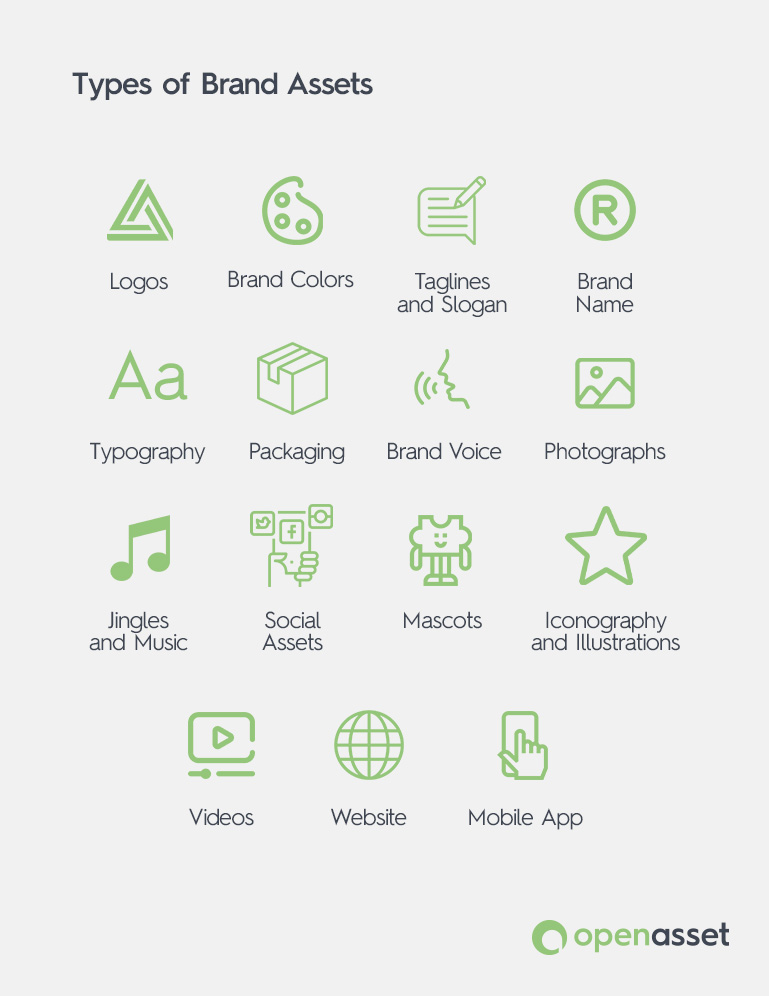
1. Logos
The logo acts as the face of the brand, often the first element noticed in branding materials. It should be simple yet evocative, capturing the essence of the brand in a visual form that’s easy to recognize and remember. For example, the Apple logo is not just recognizable but also represents the simplicity and innovation at the core of the brand.
2. Brand Colors
Chosen for their psychological impact and relevance to the brand, these colors are used consistently in all branding efforts to ensure visual cohesion and enhance brand recognition. One example is the bright red color of Coca-Cola is instantly recognizable and has become synonymous with the brand itself, evoking feelings of excitement and passion.
3. Taglines and Slogans
These are crafted to be memorable and to express the brand’s mission or benefits succinctly. They strengthen brand identity and help differentiate it from competitors. For example, Nike’s slogan “Just Do It” is a powerful call to action that captures the brand’s commitment to fitness, determination, and overcoming challenges.
4. Brand Name
The cornerstone of brand identity, a good brand name is not only memorable but also conveys the brand’s essence or unique selling proposition directly or subtly.
5. Brand Fonts
Carefully selected fonts communicate the brand’s personality and values through text. Consistent use of brand fonts helps maintain a unified image across all written communications.
6. Product Packaging
Beyond protecting the product, packaging is designed to attract and inform consumers, reflecting the brand’s aesthetic and values, and influencing purchasing decisions. For example, Tiffany & Co.’s distinctive robin’s egg blue box is an iconic part of the brand, immediately signaling luxury and quality even before the box is opened.
7. Brand Voice
This defines how the brand communicates with its audience, from the language and tone used in messages to the overall personality projected in communications. Consistency in brand voice builds trust and brand loyalty.
8. Photographs
High-quality, branded photographs tell a story and create an emotional connection with the audience. These images should align with the brand’s values and aesthetic to strengthen brand identity. An example can be Airbnb, which uses compelling photographs in their listings to showcase the unique experiences available through their service, helping to set realistic expectations and foster trust.
9. Jingles and Branded Music
These auditory elements are powerful in embedding the brand into the audience’s memory. A good jingle or piece of branded music evokes the brand’s atmosphere and values. For example, the McDonald’s “I’m Lovin’ It” jingle is one of the most recognizable in advertising, effectively reminding audiences of the brand’s core message of enjoyment and satisfaction.
10. Social Media Profiles
These are crucial touchpoints for interaction with the target audience. The style, content, and responsiveness of social media profiles can significantly influence public perception and engagement. For example, Starbucks excels in using their social media profiles to engage with customers, share new products, and promote their brand culture, making it a key tool in their marketing strategy.
11. Mascots
Mascots personify the brand in a fun and engaging way. They can significantly boost brand visibility and memorability, especially in campaigns targeting younger audiences. a great example of a brand using a mascot effectively is Tony the Tiger, the mascot for Kellogg’s Frosted Flakes cereal.
Tony the Tiger has been an iconic figure since his debut in the 1950s. His catchphrase, “They’re Gr-r-reat!” is instantly recognizable and has been associated with the brand for generations, appealing to both children and adults. Tony’s charismatic and upbeat personality helps reinforce the brand’s image as fun and family-friendly.
12. Iconography and Illustrations
Custom icons and illustrations can clarify complex information, guide users through interfaces, and add a unique and attractive element to the brand’s visual presentation.
13. Videos
Video content allows for dynamic storytelling and can convey complex messages in an engaging and easily digestible format. Effective videos enhance understanding of the brand and its offerings.
14. Website
The brand’s website serves as the central hub for information, engagement, and conversion. It should reflect the brand’s identity in design, content, and usability. Amazon’s website is a prime example of effective brand-aligned web design that enhances user experience with its intuitive navigation and personalized recommendations, strengthening the brand’s reputation for customer focus.
15. Mobile App
A mobile app extends the brand’s reach and accessibility, providing users with tools or services directly on their mobile devices. The app should deliver a seamless experience that reinforces the brand’s values and capabilities. For example, The Nike Run Club app extends Nike’s brand into the digital space, offering tools and features that promote fitness and health, which are central to the brand’s identity.
How to Manage Your Company’s Brand Assets
Managing a company’s brand assets effectively is crucial to maintaining consistency and enhancing brand recognition. Here’s a step-by-step guide on how to manage your company’s brand assets:
1. Implement a Digital Asset Management System
Having an effective way to manage your digital brand assets is essential for maintaining a strong and consistent brand identity. That’s why it’s important to have a digital asset management solution (DAM).
A Digital Asset Management (DAM) system is a software solution that stores, organizes, and distributes digital assets like images, videos, audio files, and documents. It serves as a central repository for all digital content, making it easily accessible to various stakeholders within an organization.
By tagging and categorizing assets, a DAM system facilitates efficient searching and retrieval, ensuring that the latest versions of assets are used, and helps in maintaining brand consistency.
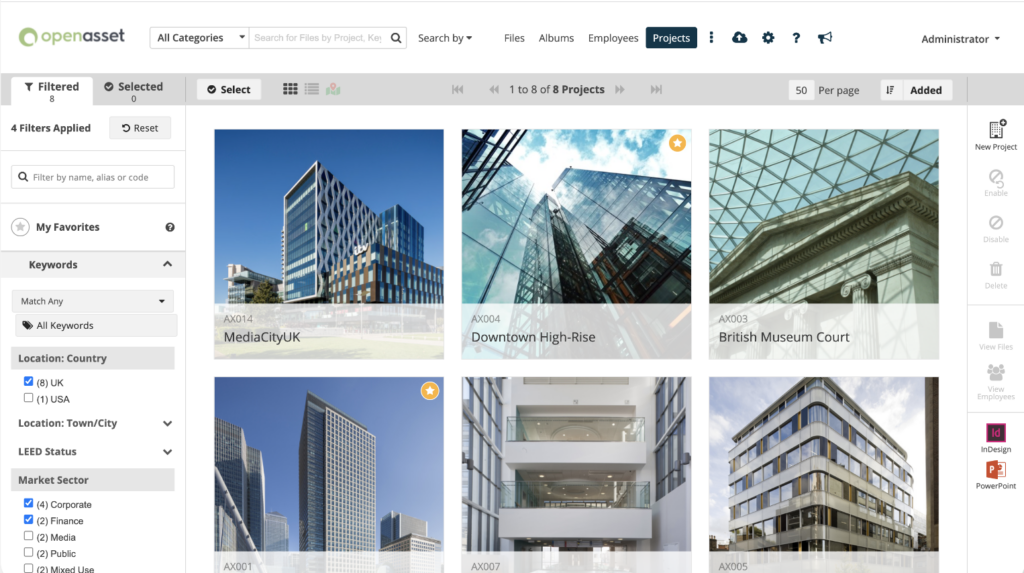
When implementing a DAM system, consider the following to maximize its benefits:
- Scalability: Choose a DAM system that can grow with your organization. As your brand evolves, so too will your digital asset needs. A scalable solution will accommodate increasing volumes of assets without compromising performance.
- Integration Capabilities: The DAM should integrate seamlessly with other tools used by your company, such as content management systems (CMS), customer relationship management (CRM) systems, and marketing platforms. Integration ensures that assets flow smoothly between different stages of marketing and sales processes.
- Security Features: Given the value and sensitivity of digital assets, the DAM system should include robust security measures to prevent unauthorized access and data breaches.
- Metadata and Tagging: Effective tagging and use of metadata are crucial for organizing assets. This not only facilitates easy retrieval but also helps in tracking asset usage and performance across different campaigns and platforms.
Brand-Based Digital Asset Management Systems
Brand-based digital asset management systems are designed to organize digital assets by product or brand. They are typically best for retail or eCommerce verticals.
Project-Based Digital Asset Management Systems
Project-based DAMs store and organize digital assets by project or property, and are best for architecture, engineering, construction (AEC), and real estate firms. They help AEC firms find their assets more quickly and help them create better proposals, faster.
2. Follow Brand Guidelines
Develop comprehensive brand guidelines that cover everything from logo usage and brand colors to typography and editorial tone. Ensure that every piece of content created by or for your company adheres to these guidelines to maintain a consistent brand identity.
3. Make Assets Accessible
Ensure that all assets are easily accessible to team members who need them. This involves organizing files logically, using consistent naming conventions, and categorizing assets in a way that makes sense for your operations. Fortunately, with DAM software, this step is easy!
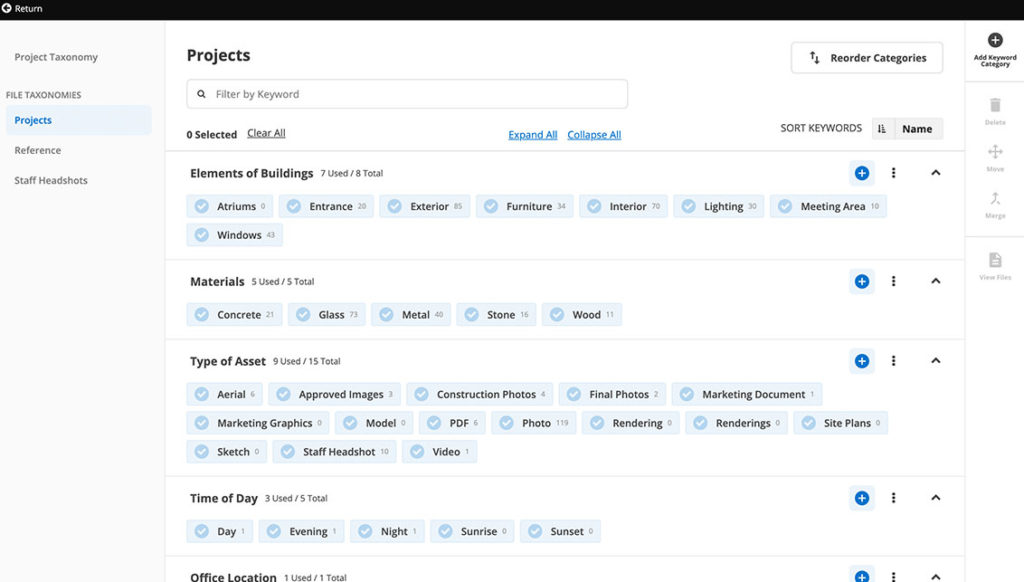
4. Control Access and Set up Approval Systems
Not everyone needs access to every asset. Within your DAM system, implement permissions and access controls to restrict who can see and edit certain assets. Additionally, set up approval systems to ensure that any changes or new assets align with brand standards before they go live.
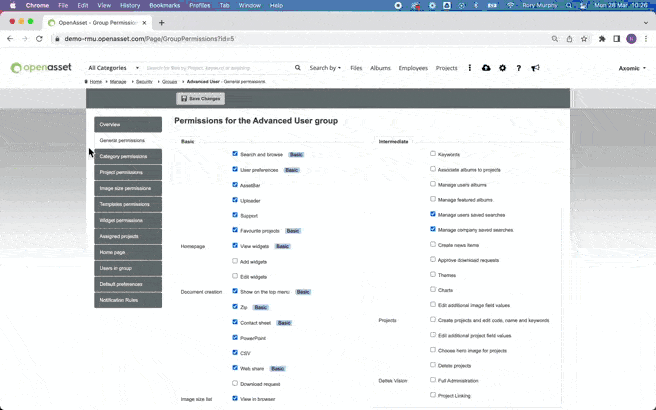
5. Label and Tag Assets
Use a consistent system of labeling and tagging to make assets searchable within your DAM system. Include relevant metadata such as the asset type, creation date, version number, and usage rights to streamline searches and usage tracking.
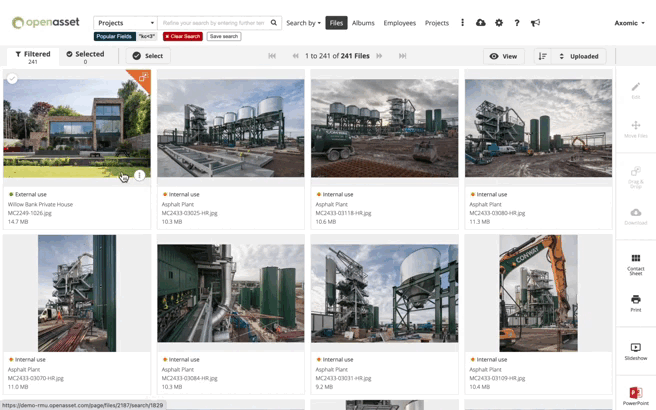
6. Distribute Assets Appropriately
Establish protocols for how assets are distributed both internally and externally. Include guidelines on how to communicate the availability of new assets and updates to existing ones to ensure all stakeholders are informed and can access the latest materials.
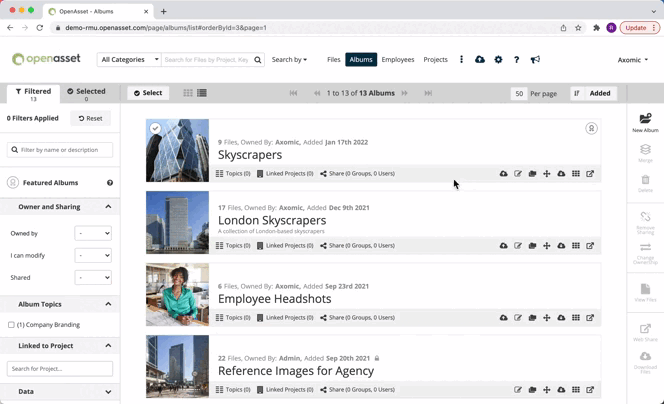
FAQs: Brand Assets
Here are some top FAQs to help you get started on creating successful brand assets for your company:
What Makes a Brand Asset Memorable?
A brand asset becomes memorable when it is distinctive, relevant, and consistently used across all brand touchpoints. It should evoke an emotional response and be easily recognizable, like the Nike swoosh or McDonald’s golden arches. Consistency in usage and the ability to stand out in the consumer’s mind are key to memorability.
How Can I Tell if Something Is a Brand Asset?
An item qualifies as a brand asset if it is integral to a company’s identity and contributes to brand recognition and value. This includes logos, taglines, colors, fonts, and any other element uniquely associated with the brand, as mentioned in this article. If removing it would cause confusion or diminish the brand’s identity, it’s likely a brand asset.
What Are Brand Assets vs Elements?
Brand assets are specific tools, such as logos, taglines, or mascots, that hold recognizable value and contribute directly to the brand’s public perception. Brand elements, on the other hand, are broader components that include assets but also encompass overall strategies, values, and messaging that define the brand’s presence in the market.
Is Your Brand an Asset?
Yes, your brand itself is an asset. It represents the cumulative value of your customer relationships, name recognition, and the trust you have built. A strong brand can drive customer loyalty, create competitive advantages, and result in higher financial returns, making it a valuable intangible asset on a company’s balance sheet.
How Often Should Brand Assets Be Updated?
Brand assets should be updated when they no longer align with the brand’s identity, market position, or consumer expectations. However, updates should be thoughtful and strategic, as frequent changes can confuse customers and dilute brand equity. Typically, a review every 3-5 years is sensible, but this can vary based on industry dynamics and consumer trends.
OpenAsset: The Best Way to Manage Your Digital Brand Assets
OpenAsset makes it simple to find the digital assets you need when you need them. You can search for project and image files by keywords or file type, and tag files to make them easier to find later. The secure platform also helps you protect your digital assets by keeping them safe from unauthorized access and accidental deletion.
With OpenAsset, you can easily share files with team members, clients, and partners. You can also control who has access to your files and what they can do with them. As more and more businesses move away from traditional print media and towards digital channels, it’s important to invest in a winning strategy for managing your digital brand assets.
Ready to experience how OpenAsset can help you manage your digital assets?
The post What Are Brand Assets? 15 Examples + Importance of Digital Brand Assets appeared first on OpenAsset.